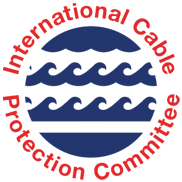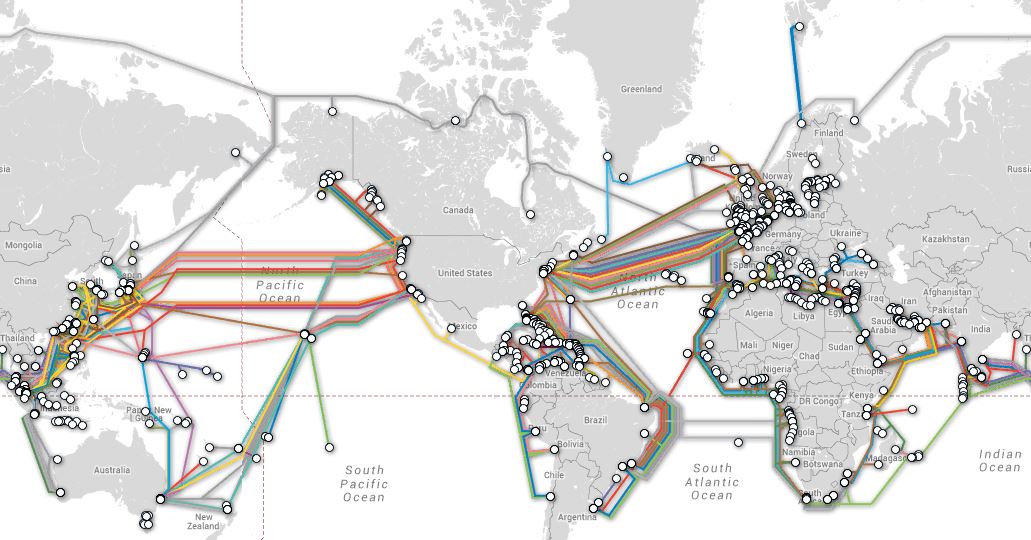TELECOMMUNICATIONS CABLES
TeleGeography's interactive submarine cable map shows the majority of active and planned international submarine cable systems and their landing stations. Selecting a cable route on the map provides access to data about the cable, including the cable's name, ready-for-service (RFS) date, length, owners, website, and landing points. Selecting a landing point provides a list of all submarine cables landing at that station.
NB: Anyone planning work that could affect any submarine cable should contact the relevant charting authorities, telecommunication companies and appropriate government agencies prior to the start of operations.
Note: The ICPC Secretariat may be able to assist you in identifying submarine cables in your area of operations. Please e-mail the following information to [email protected]:
- Name, location and contact information of the company performing work.
- The nature of the activity, latitude and longitude of area of operations, schedule of operations, and any other information you feel will be beneficial.

